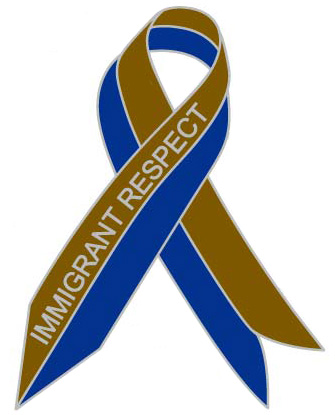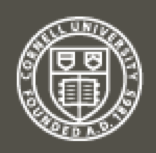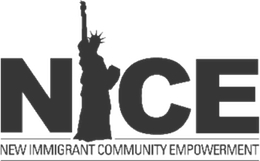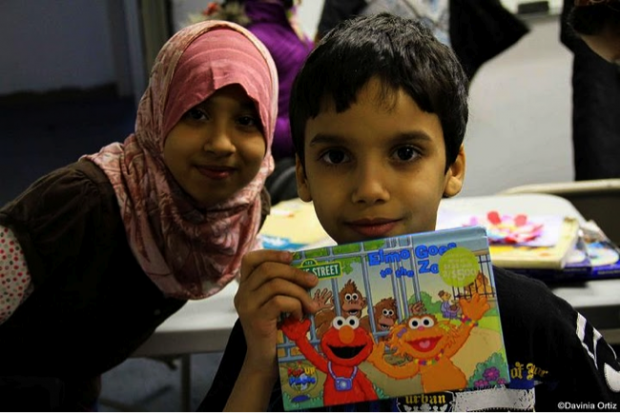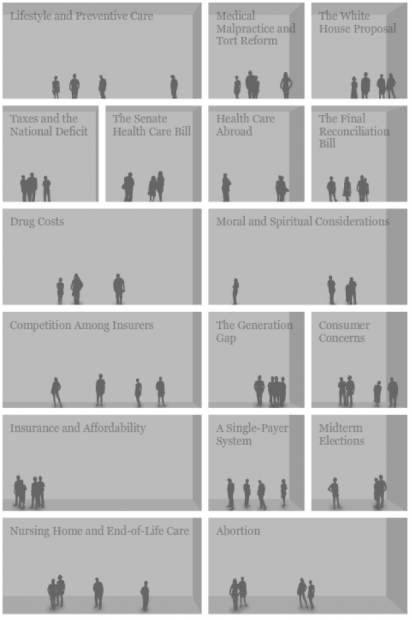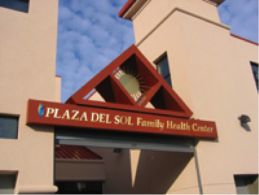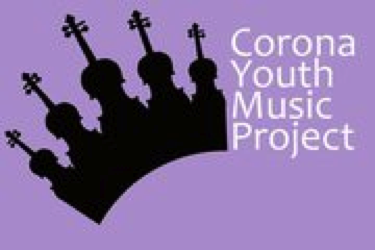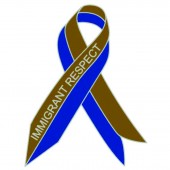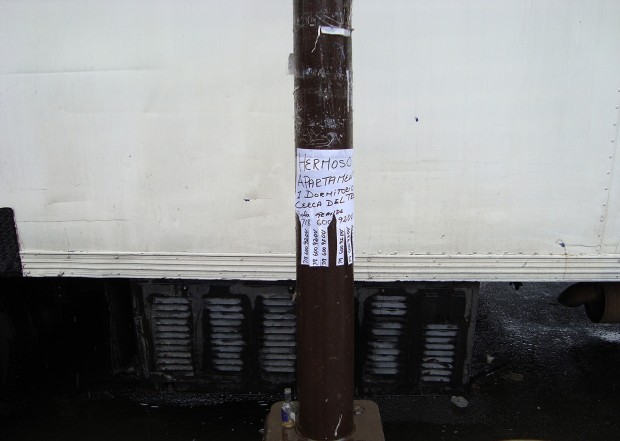
Foto by Tania Bruguera
This type of long-term project has its own inner demands to maintain its organic balance and it is evident I have to set myself certain rules, certain restrictions, because a year seems to be too much time for a residence, but it is not time enough for a social and political project and I must even up this disparity a little on the basis of the form in which I structure my work.
There are evident things. For example, when I came to Queens to look for an apartment, I felt none of them suited me. I didn’t feel comfortable in any of them and this surprised me very much because I have never been demanding with the space I live in, partly because I am never home (my mother always says that for me a house is like a hotel). When I came back from that trip, I noticed that what was not working was that the way to apprehend the situations of the immigrants was not only through the stories I would hear, but through my own experiences. Well, this project began based on the things I have experienced as an immigrant. So I wrote Jose (Serrano) who works as a community organizer in the Queens museum and is going to be my liaison with the community organizations in the neighborhood. He is there and offered to help me in the process of search. I told him I wanted to find a center to receive the immigrants in Queens. The idea is to begin the piece from the moment they enter in the United States. He looked with some of the associations and did not find any reception center or “shelter” for recently arrived immigrants. I then suggested him to find a room in an apartment where other immigrants lived, since I know this is something very frequent. The way we found the apartment was so simple: he took the data of the rooms to rent near the place where the Headquarters of the project will be. I am interested in living nearby to be available 24/7. He saw several of them and chose an apartment where there were children, since he thought it was a less vulnerable place for me. I know some friends are worried because of the potential criminality index there might be in this neighborhood. I understand the concern, but there are two important things in the project: first: it will be a space on and about vulnerability and, second, I cannot be afraid and can have no prejudices on this place. If I am afraid, it is better that I cancel the project now, before I begin it. I must be open. I must leave the place and the people reveal their complexities and freely define themselves.
- Tania Bruguera, Havana, January 2011, before the project starts
(Versión en Español)
Este tipo de proyecto a largo plazo tiene sus propias exigencias internas para que mantengan su equilibro orgánico y una cosa evidente es que tengo que ponerme ciertas reglas, ciertas restricciones porque un año parece mucho tiempo para una residencia pero a la vez no es tiempo suficiente para hacer un projecto social y politico; y esta disparedad tengo que emparejarla un poco a partir de la manera en la cual estructuro la obra.
Hay cosas que son evidentes, como por ejemplo cuando vine a Queens a buscar apartamento sentía que ninguno me venía bien, que ninguno me acomodaba, cosa que me sorprendía porque nunca he sido exigente con el espacio para vivir, en parte porque nunca estoy en casa (mi mamá siempre dice que la casa para mí es como un hotel). Cuando regresé de ese viaje me di cuenta que lo que no funcionaba era que la manera de apre(h)ender sobre las situaciones de los immigrantes no era sólo a través de las historias que escuchara sino a través de mi propia vivencia. En fin este proyecto se originó a partir de las cosas que he experimentado como immigrante. Así que le escribí a José (Serrano) que trabaja como community organizer en el museo de Queens y quien va a ser mi laison con las organizaciones comunitarias en el barrio. El está allí y se brindó para facilitarme este proceso de búsqueda. Le dije que quería buscar un centro de recepción de immigrantes en Queens. La idea es comenzar la obra desde el momento que entre a los Estados Unidos. El buscó con varias de las asociaciones y no encontró ningún centro de recepción ni ningún “shelter” para immigrantes recién llegados. Le propuse entonces buscar un cuarto de un apartamento donde vivieran otros immigrantes, pues se que es algo bastante común. La manera en la cual encontramos el apartamento fue tan sencillo como que él cogió los datos de habitaciones para alquilar que se encontraban cerca del lugar donde estará el Headquarter del proyecto. A mí me interesa vivir cerca porque sé lo intenso que va a ser este proyecto y tengo que poder estar disponible 24/7. El vió varios y escogió el apartamento donde habían niños pues le pareció que era un lugar menos vulnerable para mí. Sé que algunos amigos se preocuparon por el posible índice de criminalidad que pudiera haber en este barrio. Yo entiendo la preocupación pero hay dos cosa que son importantes para este proyecto, lo primero es que va a ser un espacio de y sobre la vulnerabilidad; lo segundo es que no puedo tener ni miedo ni prejuicios sobre este lugar, si tengo miedo mejor que cancele el proyecto ahora antes de empezarlo. Tengo que estar abierta, tengo que dejar que el lugar y la gente se revelen en sus complejidades y que sean ellos quienes se definan a sí mismos.
- Tania Bruguera, La Habana, enero 2011, antes de comenzar el proyecto

